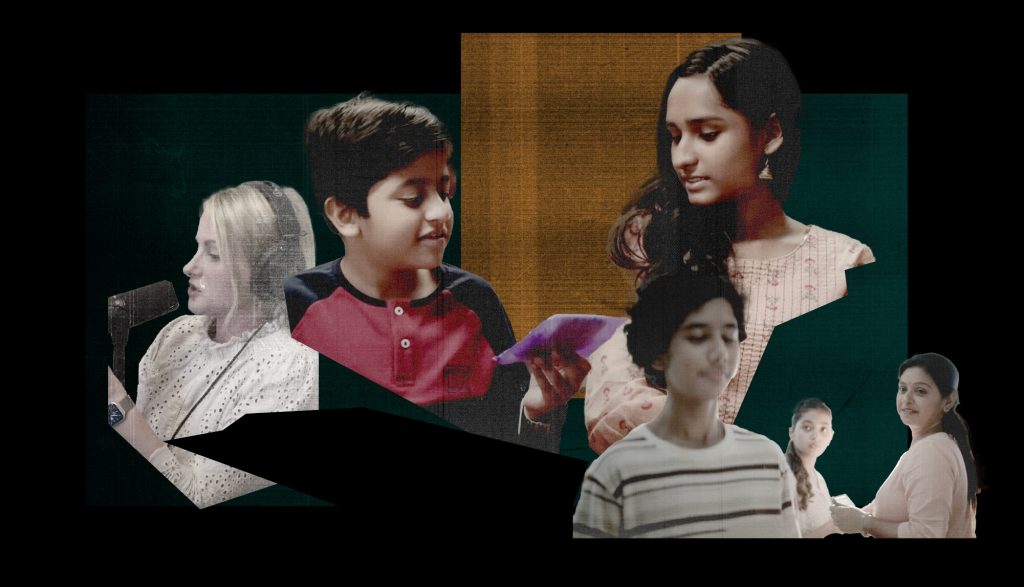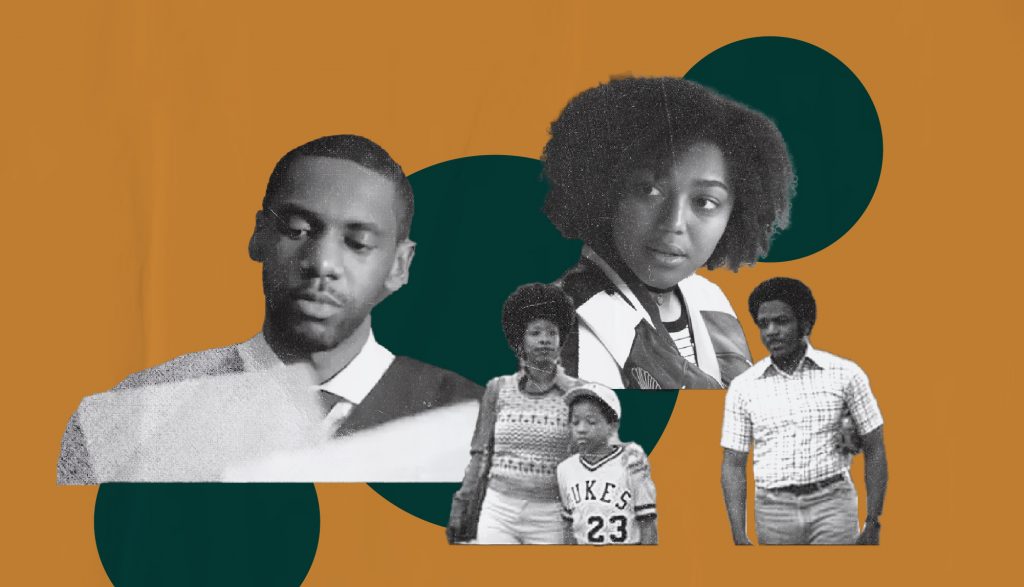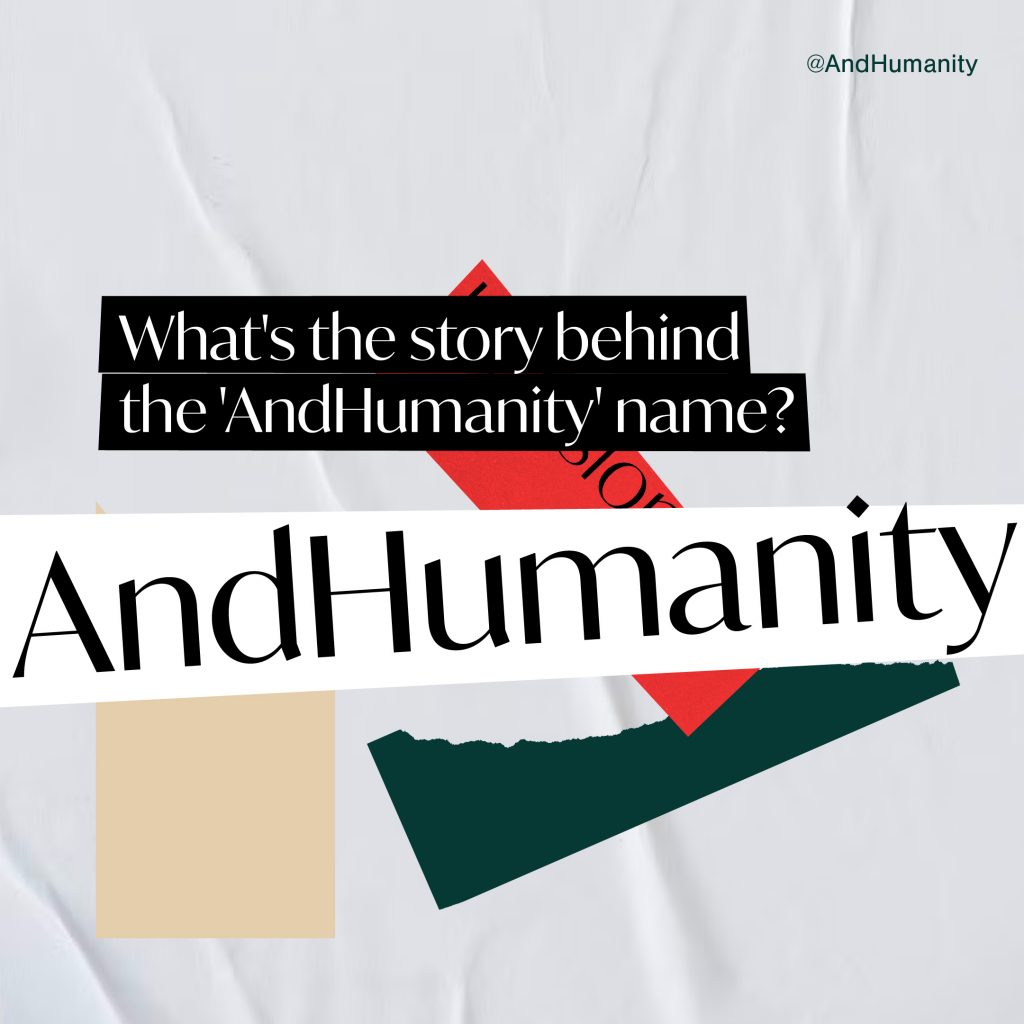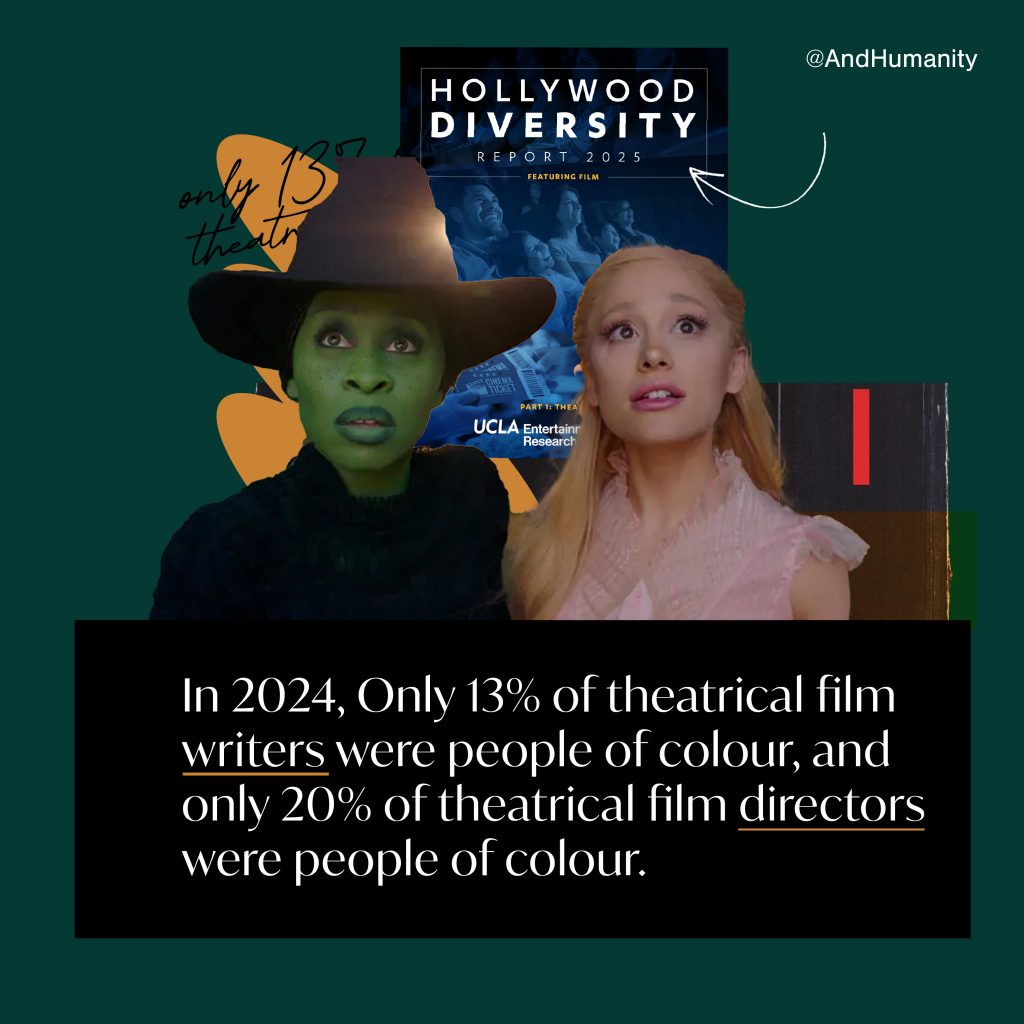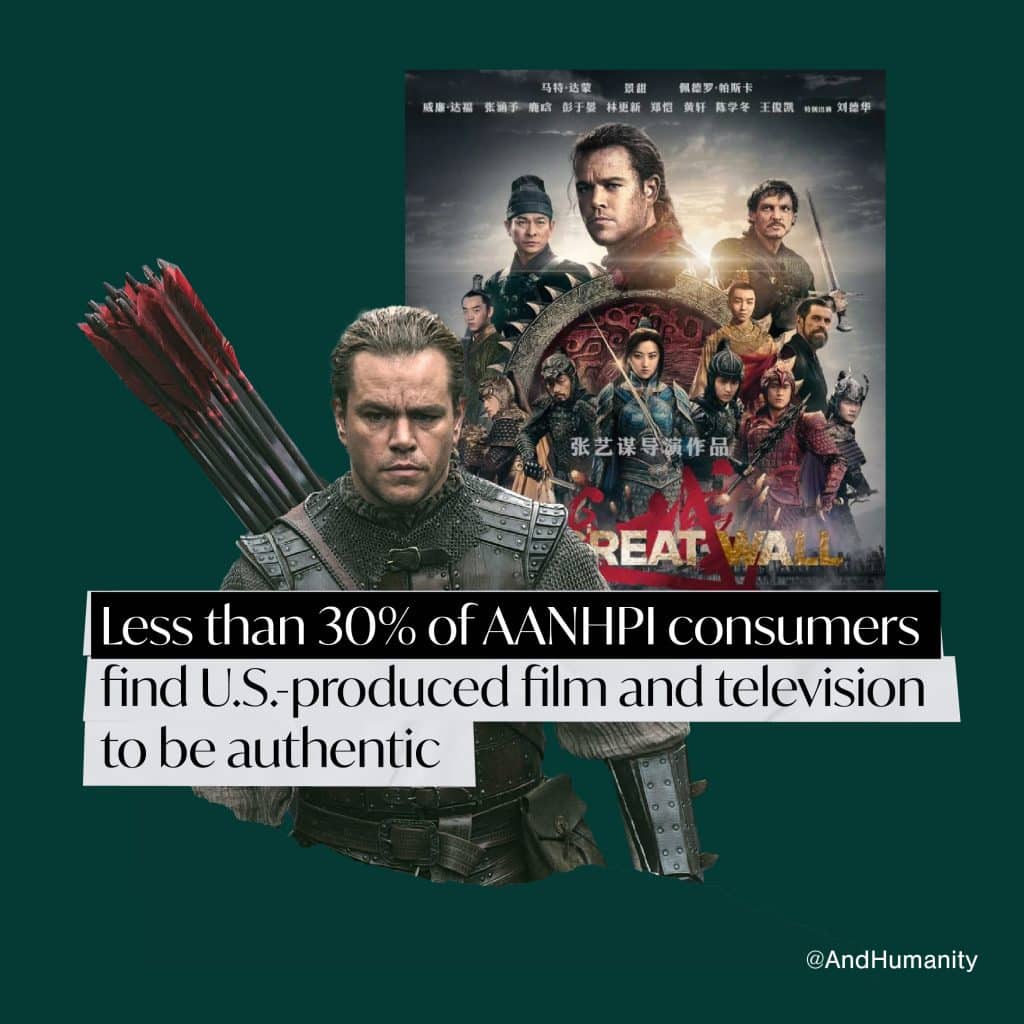A D&I Expert’s Perspective
As our societies become more diverse and interconnected, and our intricate corporate relationships become more globalized, it has become increasingly vital for company brands to speak to the identities and experiences of diverse groups of people. This requires being thoughtful about how we are representing images, stories and values, and being aware of what the social impacts of our brands may have.
Inclusive marketing is purpose-driven marketing and has been gaining traction, seemingly hitting a tipping point in the last year. In 2019 Gillette lead the charge with the January release of their “The Best Men Can be” campaign, which takes aim at toxic masculinity and aligning with the #MeToo movement. Although consumer reviews were mixed (which was reflected in their sales for the year) it did tilt towards the positive. But the important thing seems to be that Gillette’s parent company Proctor & Gamble took the criticism in stride and continued to produce campaigns that prominently featured social purpose messaging that they continued to refine. Later in the year, Gillette came out with an ad that was widely seen as more targeted and authentic – this time focusing the story on a transgender teen’s first shave with his father. Like Proctor & Gamble, Starbucks has taken the long view of embedding inclusion in their marketing strategies. In 2019 we also saw Starbucks gaining generally positive reviews for their “Every name has a story” campaign that also relied on storytelling and striking an empathetic chord through a trans-positive message. This combined with their quick and decisive call to close all their U.S. Starbucks locations to take part in racial bias training after the racist incident that was seen around the world, has signalled that Starbucks is committed to inclusion.
Inclusive marketing is about creating content that authentically reflects the diverse communities that our clients want to reach. According to Salesforce, “[inclusive marketing] means that we are elevating diverse voices and role models, decreasing cultural bias, and leading positive social change…” Not only can this type of considered and genuine content resonate with people from diverse backgrounds but it can amplify voices and stories that have been historically missing from traditional marketing campaigns, while also deepening connections to new and old consumer bases. Inclusive marketing holds the potential to influence positive social change by contributing to the ongoing dialogue around race, gender, sexuality, mental health, disability, and more.
Leading the pack
It is not surprising that well established brands like Proctor & Gamble and Starbucks, amongst others like Nike, Google, AXE Body Spray (Unilever) to name a few, are taking diversity and inclusion seriously when it comes to their marketing. According to current research by Salesforce, “90% of consumers believe that businesses have a responsibility to look beyond profit and improve the state of the world.” In fact, the conclusion drawn by Nielsen is that “with 43% of the 75 million Millennials in the U.S. identifying as African American, Hispanic, or Asian, if a brand doesn’t have a [diversity and inclusion] strategy, it doesn’t have a growth strategy.”
In Canada a similar picture is drawn – there are approximately 7.7 million multicultural consumers that account for 20% of our population. Stats Canada expects this increasingly dominant consumer group to grow to 15 million by 2036.
“with 43% of the 75 million Millennials in the U.S. identifying as African American, Hispanic, or Asian, if a brand doesn’t have a [diversity and inclusion] strategy, it doesn’t have a growth strategy.”
To return to the examples of P&G and Starbucks, their examples make it clear that the success of inclusive marketing is not about any one campaign or ad but that it’s about earning the trust of consumers especially those whose stories these companies are representing and by building up brand equity as a company that has embedded diversity and inclusion into their cultural DNA. Otherwise, their authenticity will be called into question or even worse they risk being called out as exploitative, and that spells disaster for any company.
Marketing in the age of social isolation: How can marketing help us remain apart but still feel connected?
If last year’s cause du jour revolved around gender, 2020 is now all about the stark new reality we find ourselves in – self-isolation and physical distancing to combat an invisible enemy. Going viral has taken on a whole new meaning.
Evidence of our increasingly interconnected world has never been more on display with the global spread of the coronavirus. But just as apparent is the need for a cooperative international response even as borders are closing in order to stem the spread of the virus. In this new context of self-isolation and physical distancing, the need for connection and a sense of belonging is more important than ever. The rallying cry that has emerged in this global health crisis has been “We are in this together.” On the surface, this sentiment implies that the COVID-19 pandemic may be the great equalizer of all of humanity, yet as online conversations emerge it becomes clear that we are not all being impacted to the same degree by self-isolation, sickness and economic hardships. Nor will proposed solutions and responses be as effective for everyone.
Are we in this together?
The ways that the “stay at home” strategy is adversely impacting women can be seen in the anticipation of an uptick of gender-based domestic violence. Women also bear the brunt of unpaid domestic and emotional labour caring for young children no longer in daycare and the elderly who are most at risk of negative health outcomes from COVID-19. Mass unemployment and the shuttering of thousands of businesses also disproportionality affect those already experiencing income and food security issues like single-parent households, gig-economy and part-time workers (most often young workers), and the homeless who cannot shelter in place. On the rise is also mental health issues directly related to the stress of the uncertainty during a time of pandemic and crisis, as well as, the isolation necessary to mitigate the spread of the virus. Deep knowledge of equity, diversity and inclusion will help us to problem solve, make more informed decisions, and be flexible and adaptive.
Context Matters
The COVID-19 pandemic is the challenge of a generation that we have never seen before in modern history. It is both a collective and a wholly singular experience. As Asher Rumack contends, “In everything we do as brands, context matter.” There is an opportunity here for brands to address the huge culture shifts that come with our response to this pandemic that can either hinder or help the situation. Asher Rumack cautions us not to capitalize on the situation but rather to explore stories with empathy, mindfulness and awareness of how our messages may impact different communities of people.
Business as usual won’t cut it right now. Already we are seeing big brands like Ford pivot their messaging to reflect the reality that buying new trucks in a time of self-isolation at home and economic uncertainty will not resonate. Instead they are focusing on reminding their consumers that Ford has a history of responding in times of crisis with their “Built To Lend a hand” and “Built for Right now” campaigns, and to provide helpful tips and resources. Their combination of empathy paired with action will likely keep them relevant during this unique cultural moment.
Now more than ever an inclusion lens on marketing is necessary in order to create authentic COVID-19 response messaging that is in touch with the cultural tone and can provide a way to shine a light on stories that need to be lifted out of the darkness to connect people and bring them hope.



